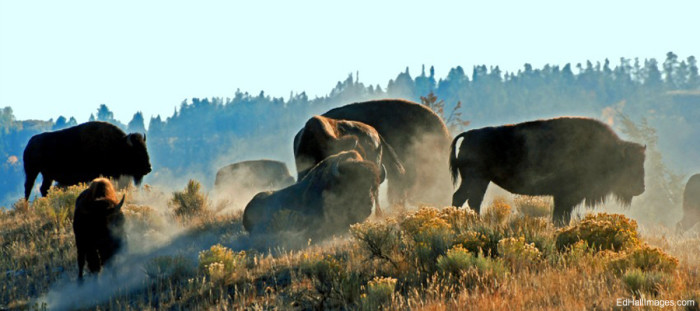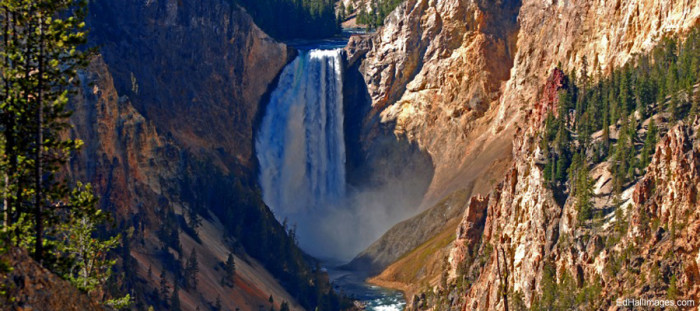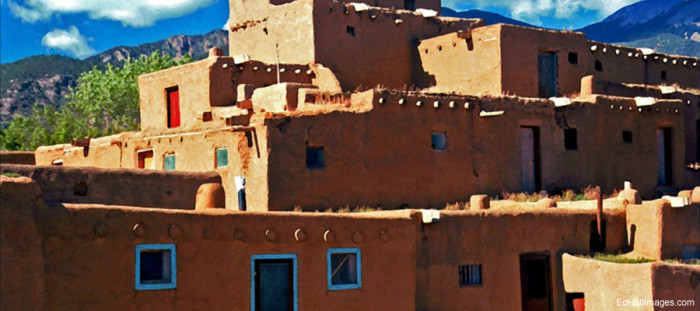This is the final of a three part series from Field Sport Affiliate Sonja Howle of Famous Barns.
Like painting, drawing, and sculpture, photography can render powerful emotion and influence. Thomas Cole and the Hudson River School believed “art to be an agent of moral and spiritual transformation.”
One Hudson River School member, Thomas Moran, created pencil and watercolor field sketches of the northwestern corner of Wyoming that, when presented with the photographs of William Henry Jackson, also on that 1871 survey expedition, influenced Congress to christen Yellowstone America’s first national park in 1872.
The Taos Society of Artists created powerful images of New Mexico’s native pueblos, people and landscapes. These images were utilized masterfully by the railroad line that promoted tourism in the region on the way to California. Today Santa Fe is recognized as a national, if not international art center; and its annual Indian Market brings more than 80,000 people and over $100 million in revenues to the state and the region.
When you win the heart, the mind will follow.
Conservation photography’s power is no surprise. At the forefront of this movement is Cristina Mittermeier, the founder of the International League of Conservation Photographers (ILCP). She coined the term “conservation photography” and whether her subject is a native tribe being moved or a disappearing landscape, she has learned that she can create the most impact when the photographs have stories and champions behind them. She developed an entire campaign that includes letters to politicians, communication with like-minded organizations, the participation of other international photographers and open invitations to the media.
The Texas Images for Conservation Fund asked ranch owners to share their land with a photographer. The owner of the Santa Margarita Ranch saw his ranch through a new lens and in the process realized a new service and revenue stream. The Hillingdon Ranch’s David K. Langford is a photographic artist who not only shares the beauty of a healthy ranch in his new book, Hillingdon Ranch, Four Seasons, Six Generations, but also teaches new generations of ranch owners how to maintain that wealth.
Photography does not operate alone. The Yellowstone sketches, watercolors and photographs needed Dr. Ferdinand Hayden who led the Yellowstone expedition and shared those images with every member of Congress when he returned. The Taos Society of Artists needed the Santa Fe Railway’s marketing genius William H. Simpson. They were the champions who extended the impact of the art to conserve thousands of acres and secure the cultural foundations for future generations.
Isn’t that what you want to do?
Let Field Sport Concepts be your artist and champion. With emphasis on environmentally sound recreational use, revenue, open spaces and sustainability, our team of experts in planning, land and architectural design, construction, field and stream sports, conservation and preservation can help you realize your visions for your land, now and for future generations.
Field Sport Concepts’ expertise is in the development and implementation of plans which conserve open lands through environmentally sound recreational use. We believe that land which sustains itself by producing income as open space today is land most likely to remain open space for generations to come.
For more, contact Sonja Howle at Famous Barns and Robert McKee at Field Sport Concepts.



